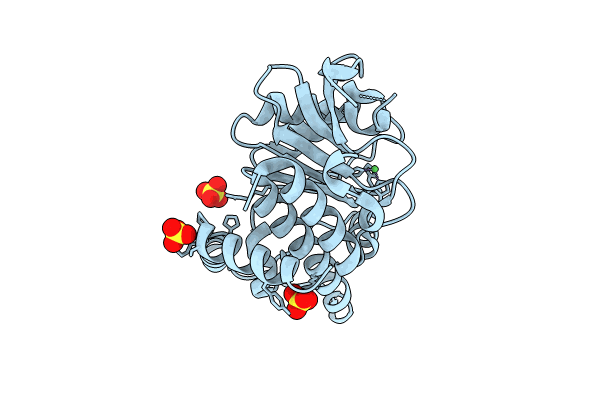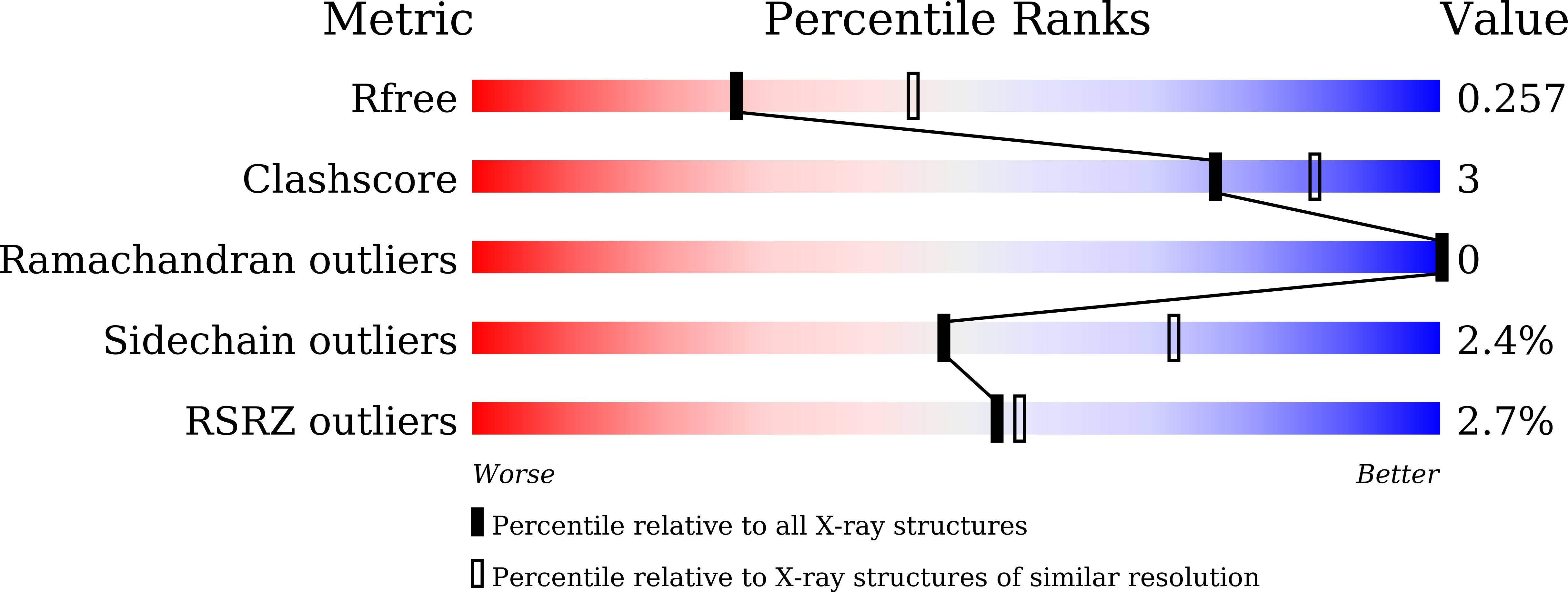
Deposition Date
2023-03-31
Release Date
2024-04-03
Last Version Date
2025-03-05
Entry Detail
PDB ID:
8IX6
Keywords:
Title:
Crystal structure of Pyruvic Oxime Dioxygenase (POD) from Bradyrhizobium sp. WSM3983
Biological Source:
Source Organism:
Bradyrhizobium sp. WSM3983 (Taxon ID: 1038867)
Host Organism:
Method Details:
Experimental Method:
Resolution:
2.47 Å
R-Value Free:
0.25
R-Value Work:
0.22
R-Value Observed:
0.23
Space Group:
I 4 3 2


